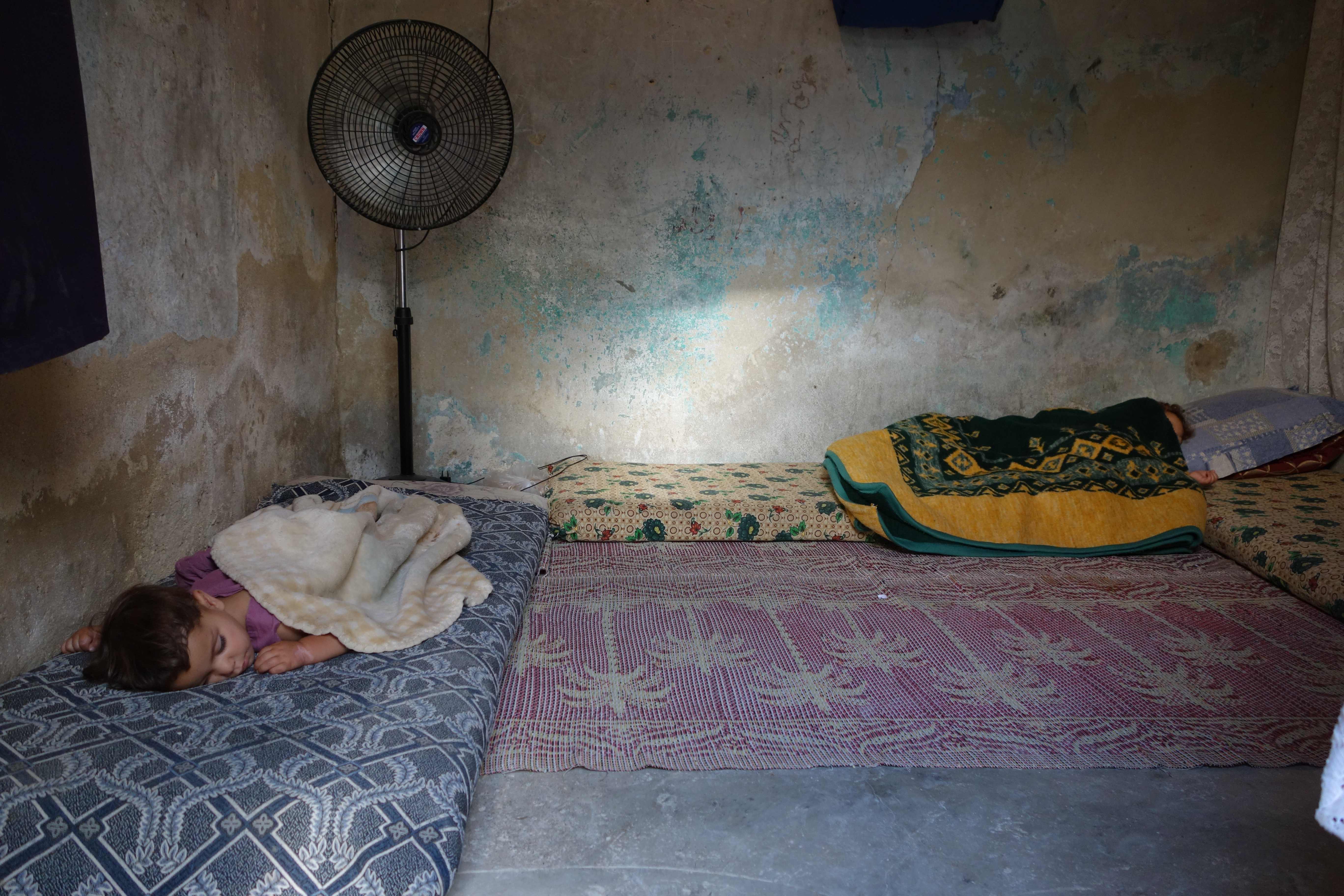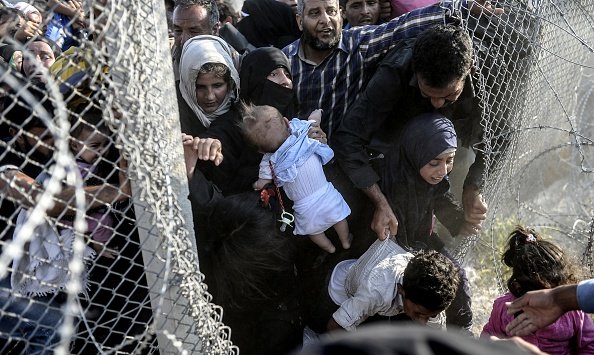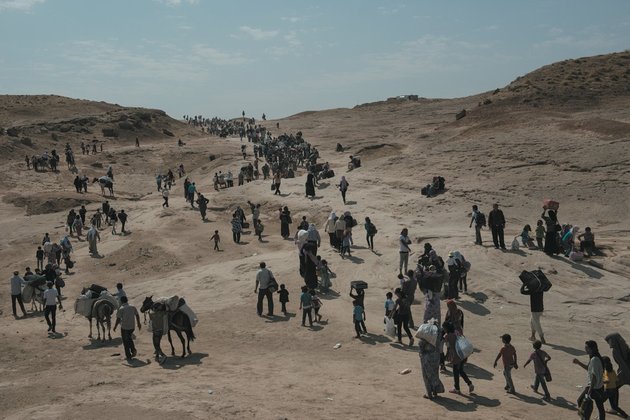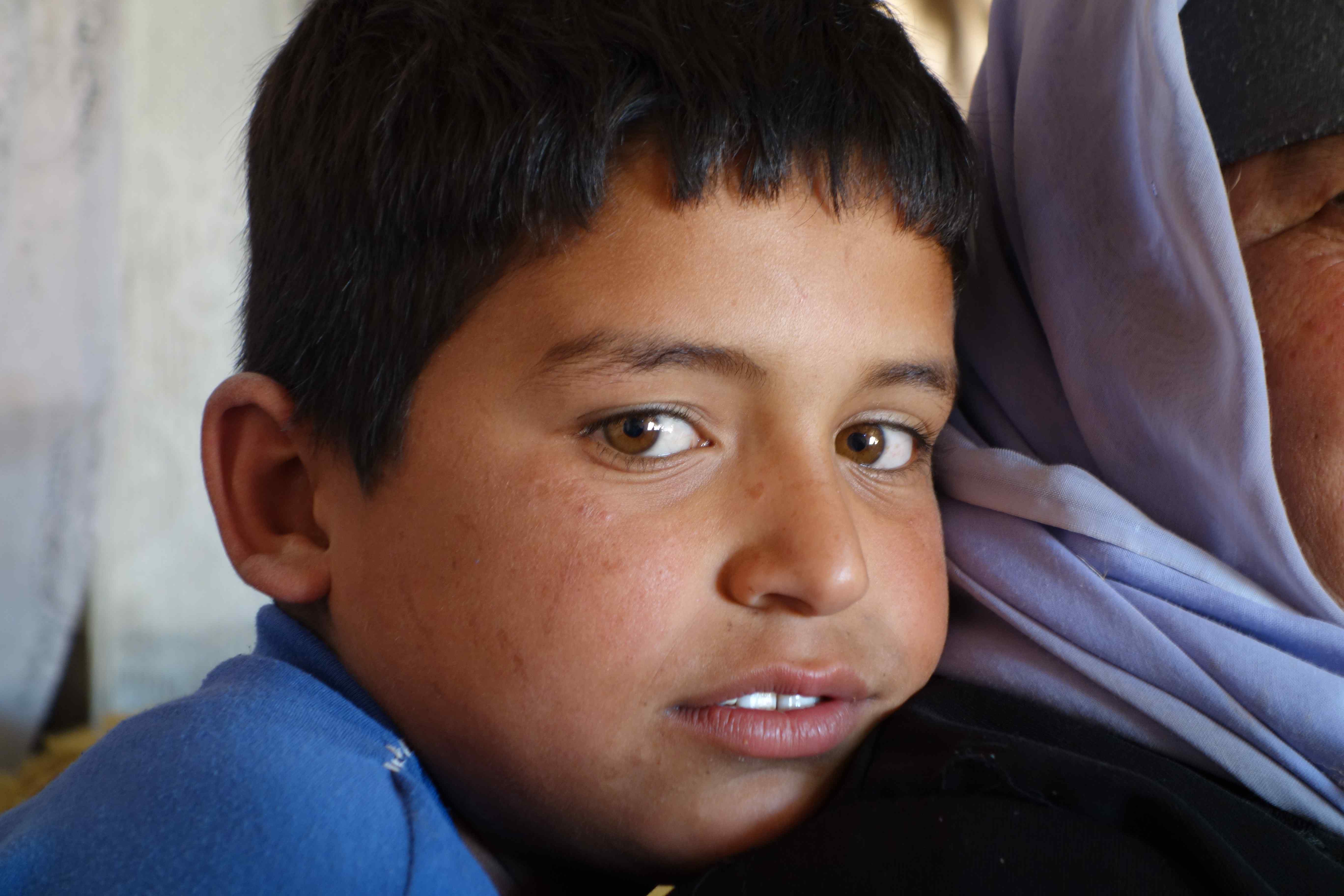Project August 13, 2013
Syria’s Displaced: Regional Implications

Since the Syrian conflict began, some 1.5 million people have fled the country; the UN estimates there could be 3.5 million by year's end. The displaced include members of all of Syria's major sects, including Sunnis, Alawites, Kurds, Palestinians and Christians. And unlike many of the Iraqi refugees who left home with at least some means, many of the Syrians have nothing. This has led to a humanitarian disaster that now rivals Iraq's, as three countries bear the brunt of the exodus: Turkey, Jordan, and Lebanon.
Each host country has taken a different approach to the refugees. In Turkey, for example, all "official" refugees are housed in government-sponsored camps. In Lebanon, there are no camps; refugees simply live alongside the locals.
Likewise, there is a wide disparity in aid resources. While Jordan has received significant financial and other assistance from the UN and foreign governments, the Turkish government is funding numerous camps on its own. Regardless, all three countries face a tremendous — and growing — strain on resources from healthcare and education to water and housing.
As important, all three countries have serious and legitimate concerns that the influx of refugees could be a destabilizing force, and could allow the Syrian conflict to spill across borders. These fears have already been realized in Lebanon and Turkey. The fate of these refugees bears both on the outcome of the conflict itself and on the stability of these neighboring states and the region as a whole.













